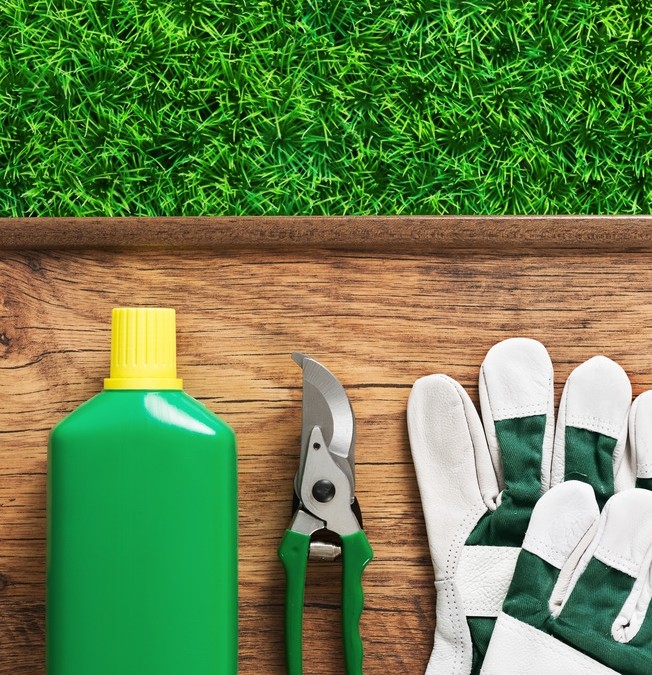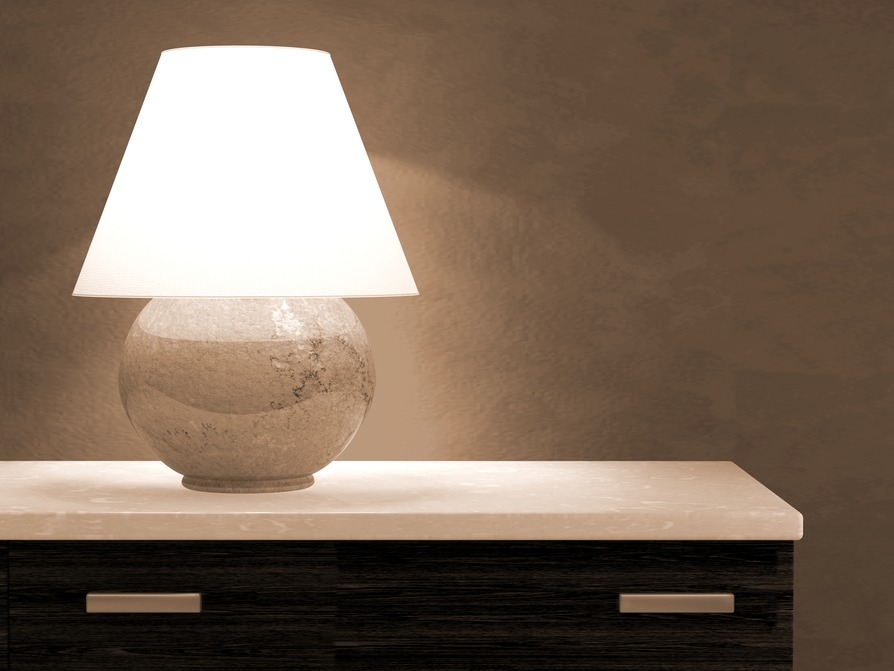A consumer watchdog wants homeowner feedback — by Feb. 7 — on hellish settlements to make the process better for all.
Think it took a long time to close your last purchase or refi mortgage? How about more than seven hours? That’s what happened to a couple of folks I know in Texas, and theirs is just one of many stories I’ve heard about things, ranging from interest rates that rise to mysterious appearance of random fees, that go way wrong at settlements.
I’ve heard many of these closing table stories from my husband, who used to be a loan officer, and my BFF, who’s a REALTOR®. Add to that a couple dozen closings where we bought or sold rental properties and you’ve probably got a reality TV show.
Do these stories sound familiar?
- You were told you had to write a check for $20,000 because the loan officer “forgot” to mention that your loan was approved for only 80% of what you need to buy the house.
- It took so long to get to closing that your interest rate lock expired. You had to pay a higher interest rate even though you promptly provided all the paperwork the lender asked for.
- Fees show up on your settlement statement that weren’t on your loan estimate. You wanted to argue, but since you were getting a $50,000 check from your cash-out refinance, you closed anyway.
- You found out at the settlement table about community covenants that restrict what you can do with your new property.
There’s no simple solution for these kinds of snafus. You can refuse to close the deal and walk away from settlement. Easy to do when you’re refinancing, but when you’re buying or selling a house, that could violate your sales contract.
CFPB Has a Plan to Fix Closing Problems
If you got shafted at the closing table, you have a unique chance to tell someone who can make sure that what happened to you doesn’t happen to other people. (It’s OK to share positive stories, too.)
The Consumer Financial Protection Bureau (CFPB) is collecting consumers’ closing table stories. “The stories and information you provide will be used to research and test solutions that address some of the biggest pain points associated with closing on a mortgage,” CFPB Policy Analyst Noerena Limon said in a CFPB blog post.
Get your comments in by Feb. 7, 2014.
Improvements Already in the Pipeline
Some of the work the CFPB has already done for consumers should eventually clean up some closing table issues. Starting in August 2015, you’ll get a new loan estimate when you apply for a mortgage and a comparative closing disclosure three days before closing.
That closing document is about a bazillion times easier to read than the current HUD-1 Settlement Sheet. And because both documents are very clear, you’ll be able to quickly tell when things like your interest rate or fees change between application and closing.
Related: How Your Money Management Practices Affect your Credit Score
Ways to Ensure a Smooth Closing
Until lenders start giving you the new disclosures:
Have your REALTOR® look over your settlement statement, even if you’re doing a refi. The title company can email or fax her your settlement sheet whenever you get it.
Call your title company ahead of the closing to see if everything is ready to go before you head over there. Be warned, though, your title company may tell you the paperwork is there even if it’s not, because they’d rather have you sit waiting for the closing package than wait for you to show up.
Bring the disclosures you got when you applied for the loan, so you know if any of the deal terms changed. If something seems wrong, ask about it and don’t sign if anything isn’t as promised.






